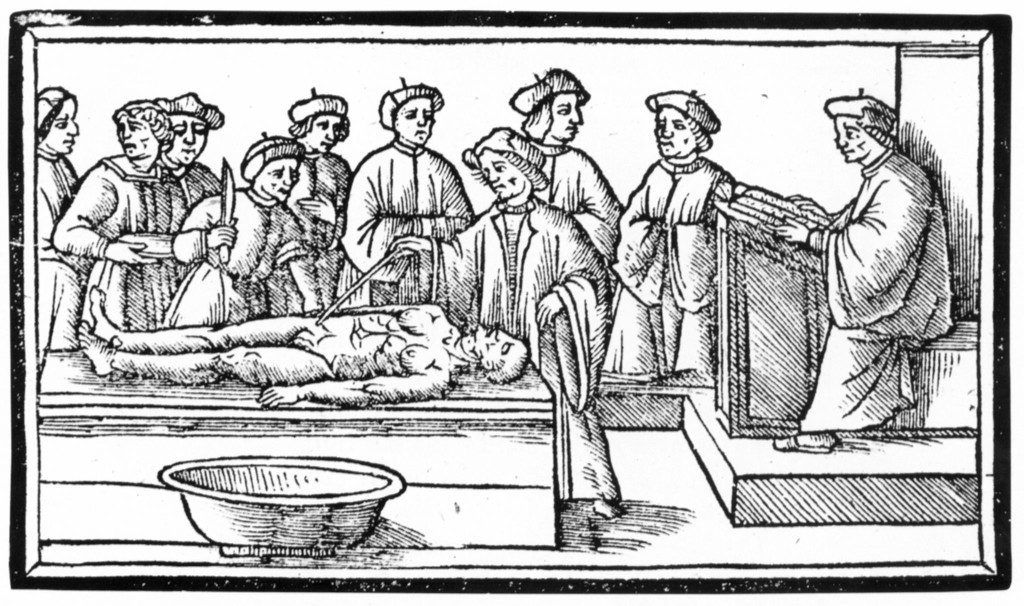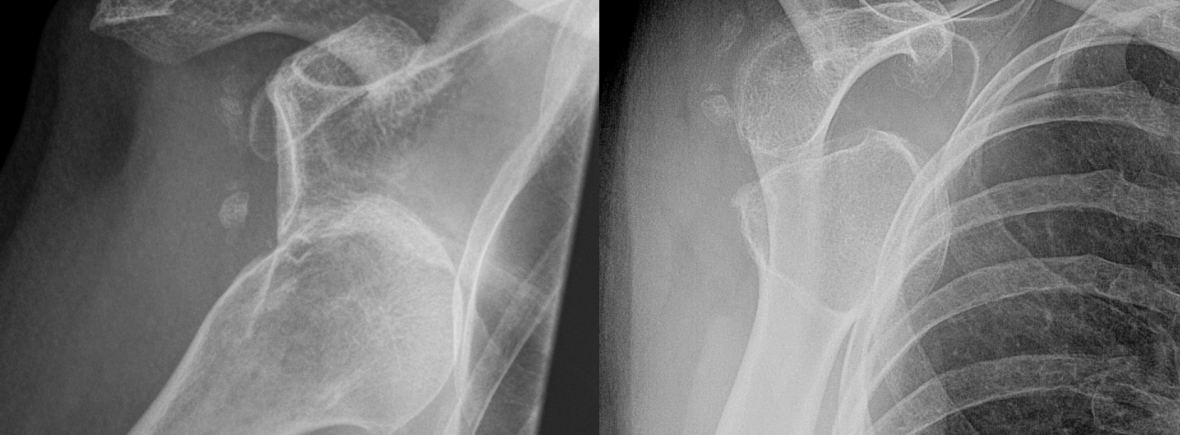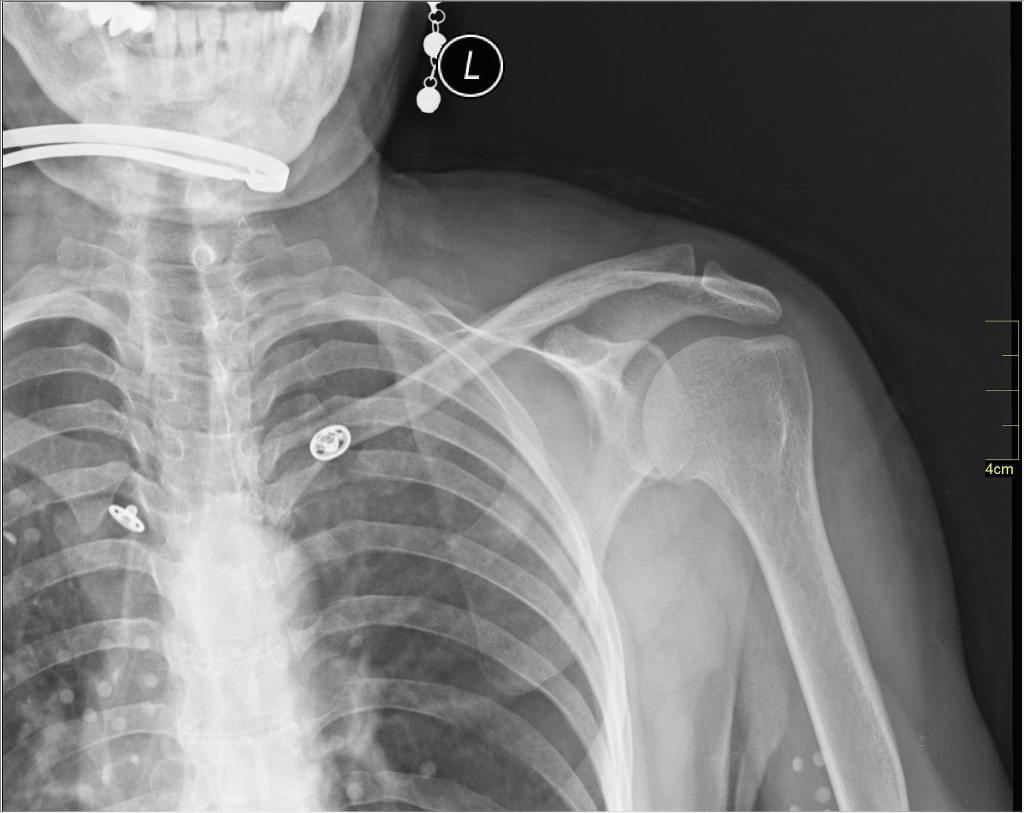In the United States approximately 18,000 people choose to donate their bodies to science annually (Becker & Elias, 2007, cited in Asad and Garip, 2014). Across the country, research organizations and pharmaceutical companies use cadavers to develop new treatments, hospitals harvest organs for transplants, law enforcement officials use bodies to train police dogs to find disaster victims, and car manufacturers sometimes use cadavers to test the safety of their vehicles (The Economist, 2014). Studies have found that that married and educated, white males over the age of 65 are more likely than other sociodemographic groups to donate their bodies to science, though there has been a recent effort to target women and immigrants to improve diversity in body donation recruitment (Asad and Garip, op cited).
Here in Madison, the University of Wisconsin-Madison’s School of Medicine and Public Health depends on whole cadaver donations for the purposes of the instruction of students in the medical and health professions. At UW-Madison, the bodies received by the Donor Program are used for instructional purposes only, as required by Wisconsin law.

Anatomia by Jacopo Berengario da Carpi Venedig 1535. Source: Helmut Schmid: „ain liebrey zu den büchern“. Die mittelalterliche Predigerbücherei der Nikolaikirche zu Isny (Kleinode; Bd. 7). Ravensburg 2000.
In order to participate in the program, a person must decide before they die that they want to donate their body for education. The Uniform Anatomical Gift Act of 1968 (revised 2006) requires that the body be a gift to the institution. Accordingly, the program does not charge donor families for its services nor pay families for donating bodies. However, funeral homes and other similar providers will charge for the service of preparing and transporting the body.
At the time of death, the next-of-kin or caretaker notifies the Body Donation Program, at which point the departmental morticians choose to accept or refuse the body based on its cause of death and physical condition. On occasion, the Program must refuse a donor’s body. This takes place when a body is mutilated due to some accident, has suffered an unhealed major surgery just prior to death or autopsy, has had major organs removed for donation–with exception of the eyes–, or when a body is obese or emaciated. The program must also refuse the bodies of individuals who have diseases such as HIV/AIDS, Hepatitis B or C, or Prion diseases. For this reason, registration with the UW Body Donation Program does not necessarily constitute acceptance in advance, so families must be prepared to make alternative arrangements.
The program accepts donated bodies from anywhere in Wisconsin. It can also accept bodies that have died in Illinois, Iowa, Minnesota, or UP Michigan, as long as the family assumes all funeral home expenses and transportation costs. If the death occurs in a private residence or nursing home, the family must contact a local funeral home or other private organization to transport the body to its facilities until the program’s mortician can arrive and remove the body.
A growing number of companies have sprung up around the country to address the complications and special treatment required in the removal, preservation and transportation of bodies. Many of these private organizations, such as Anatomy Gifts Registry, BioGift and Science Care, advertise themselves as organizations that link those that wish to donate their body to science with researchers and educators that need human cadavers to do their work. This has effectively sparked what Michel Anteby, a professor at Harvard Business School, has called “a market for human cadavers in all but name” (The Economist, 2014).
Once UW’s School of Medicine and Public Health students have completed their study of the body, the remains are cremated and can be returned to the family if they have designated this desire in advance. Typically, cremains are returned after a period of two to three years, upon the completion of the studies of the body. The cremains that are not returned to families are buried in an unmarked grave on University property, from which they can no longer be retrieved. The University does not maintain a gravesite, and as such, these cremains can not be visited. Often families choose to hold a service for the deceased before the body is released to the Body Donation Program. Even so, medical and health students who have benefited from the study of donated bodies hold an annual memorial service to recognize the gift of the donor. Families of the deceased are invited to attend.
Back to Top | A Body’s Journey Main Page | Part 1 | Part 2 | Part 3
SOURCES
Asad, A., Michel Anteby and Filiz Garip, 2014, “Who donates their bodies to science? The combined role of gender and migration status among California whole-body donors,” Social Science & Medicine, 106, 53-58. Accessed 12 Apr 2015. http://scholar.harvard.edu/files/garip/files/asad_et_al_ssm_1.pdf.
The Economist, “Why there is a shortage of cadavers,” January 19, 2014a. Accessed Apr 12, 2015. http://www.economist.com/blogs/economist-explains/2014/01/economist-explains-10.
University of Wisconsin-Madison’s Body Donation Program. Accessed April 12, 2015. http://www.bdp.wisc.edu.

